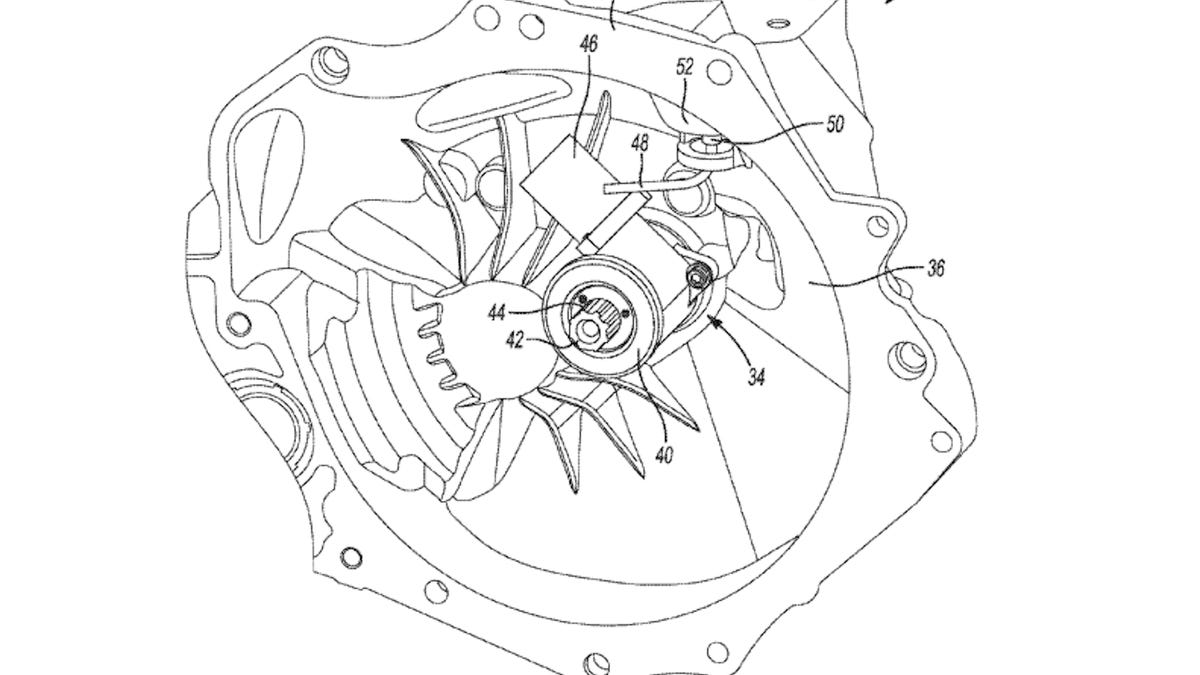GM files patent application for a 'clutch-by-wire' system
This new system would function like an e-throttle and could open up new possibilities for the manual transmission.
The clutch system in a manual transmission is one of those components that doesn't necessarily see much innovation. Every once in a while a manufacturer will do something big and wild with it, but it's rare. Last time it was Porsche with the tiny carbon clutch in the Carrera GT -- and now it might be General Motors with an electrically actuated slave cylinder, covered in a recently filed patent application.
The application was dug up on Friday by automotive errata super sleuth Bozi Tatarevic over at Jalopnik. It describes a "clutch-by-wire" system that would essentially use a servo and a potentiometer (like an e-throttle in a modern engine) to operate a vehicle's clutch. It's an exciting idea, and I'll explain why.
A clutch is used to couple and decouple a vehicle's engine from its manual transmission so that the driver can shift gears. In a traditional clutch system, the clutch pedal is connected to the clutch by one of two methods. Older vehicles like pre-1987 Porsche 911's (and many others) used a cable to link pedal to clutch. Most other cars use a hydraulic system that sees the clutch pedal attached to a hydraulic master cylinder that then uses fluid pressure to actuate a slave cylinder on the transmission itself.
Both systems have drawbacks. Cable clutches often require a lot of effort from the driver to actuate and, because cables stretch over time with use, frequent adjustment. Hydraulic clutches never need adjustment, but they are known to develop leaks over time as the elements and brake fluid degrade the rubber seals in the system. This electronic clutch would solve all of those problems.
Also, since GM's proposed e-clutch system only needs a couple of wires to connect the pedal to the slave cylinder, it frees up engineers to play with the position of the clutch in relation to the driver. This could be a significant benefit on a car like, say, the midengined Corvette prototype that's been seen testing at the Nurburgring.
While all of this is cool to speculate on, it's good to remember that just because GM has applied for a patent, it doesn't mean that anything will come of it.


